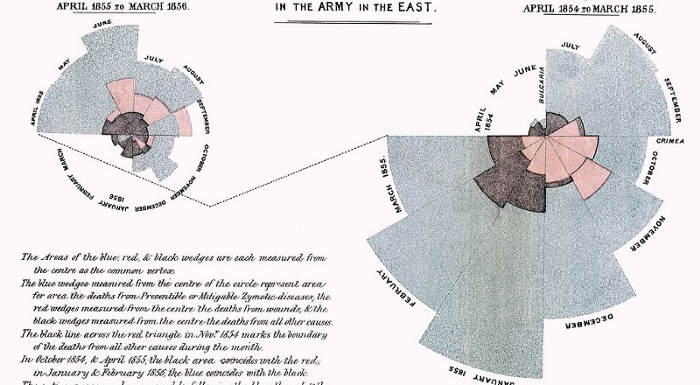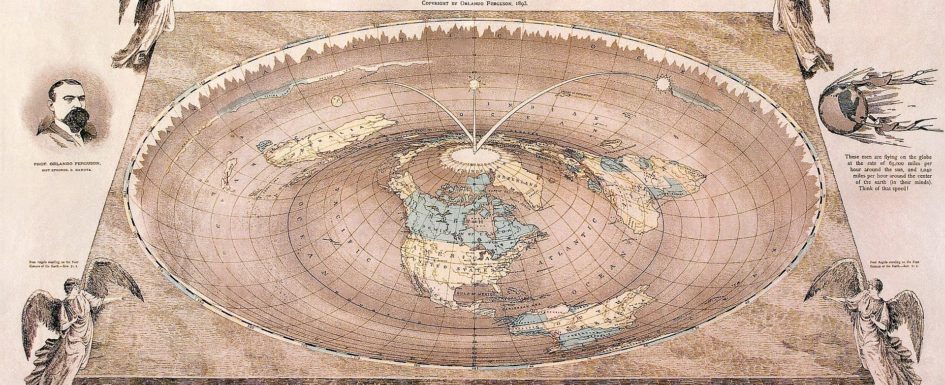Election Maps, Purple States, and Visualizing Space: A Visit with Professor Bill Rankin
On Friday, December 4, The University of Pittsburgh’s Mellon-Sawyer Seminar Information Ecosystems: Creating Data (and Absence) from the Quantitative to the Digital Age was joined by Bill Rankin, an Associate Professor of the History of Science at Yale University. Professor Rankin’s research focuses on the relationship between science and mapping, the environmental sciences and technology, architecture and urbanism, in addition to methodological problems of digital scholarship, spatial history, and geographic analysis. His prize-winning first book, After the Map: Cartography, Navigation, and the Transformation of Territory in the Twentieth Century, was published by the University of Chicago Press in 2016. Professor Rankin is also an award-winning cartographer, and his maps have been published and exhibited widely in the U.S., Europe, and Asia. Rankin talked with the Sawyer Seminar Participants, who are faculty and students at the University of Pittsburgh and Carnegie-Mellon University, about cartography, election mapping, and the contemporary U.S. political landscape. Amid the many reactions to and characterizations of the historic 2020 Presidential election, this meeting helped the Seminar participants understand how and why election mapping continues to play an increasingly crucial role in the electoral process; in particular, Rankin’s talk touched generatively about the concept of “purple states” or “purple places.” Purple has been, in recent years, offered as a more representative complication to the simple binarism of “blue,” or liberal, and “red,” or conservative states. The “red” versus “blue” state discourse began as a simple, visual way for newscasters to characterize a state’s partisan tendencies over long durations of time. And while we do Read More




